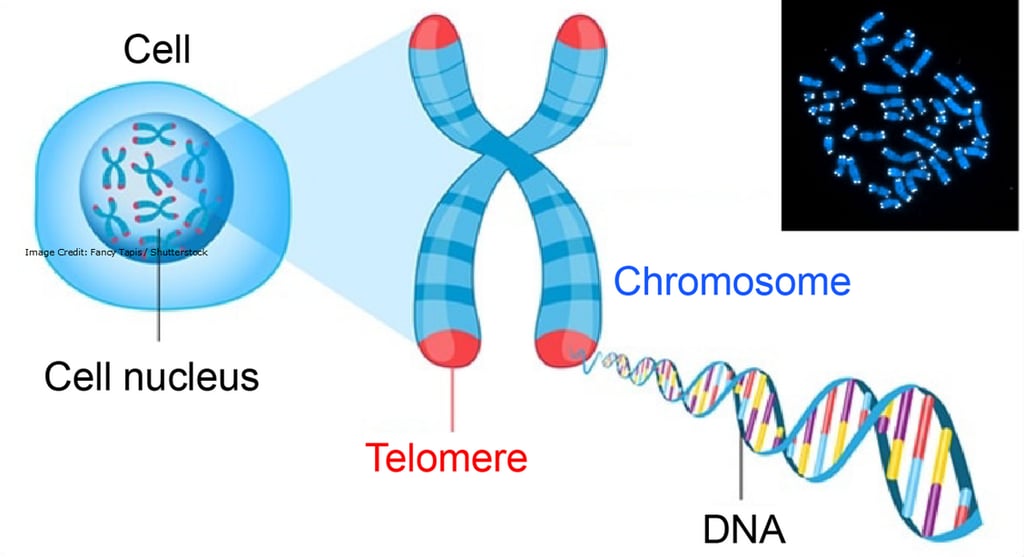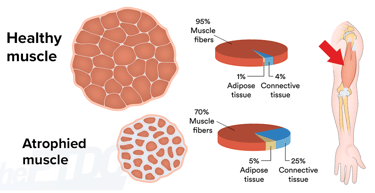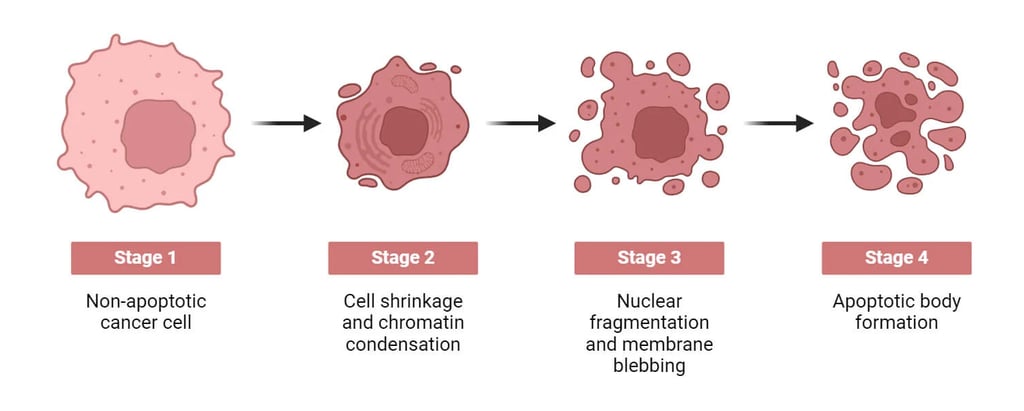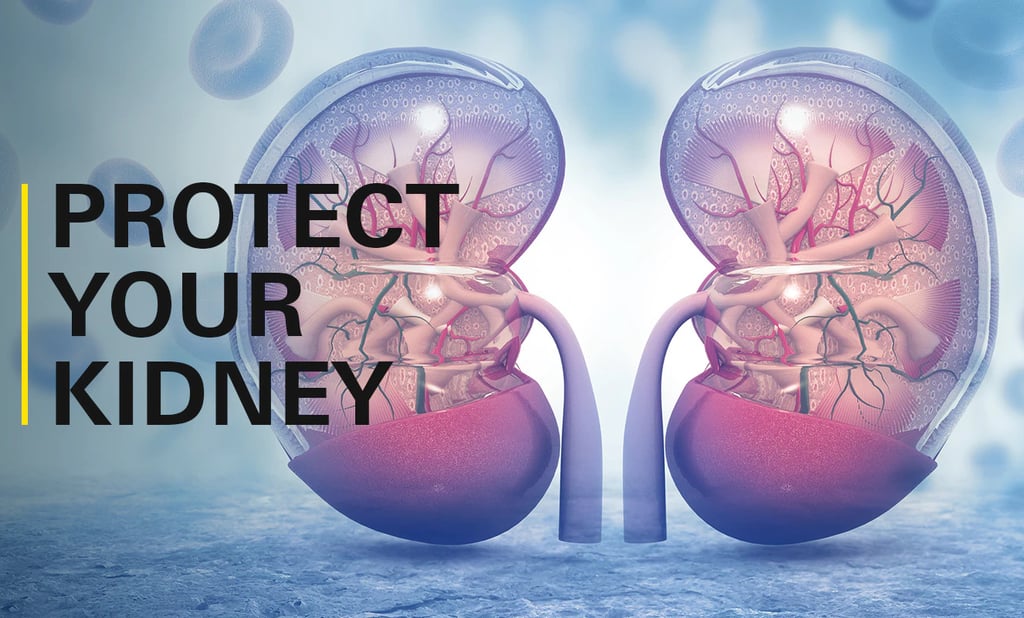TCM Treasure Cistanche: Your Natural Ally Against Aging and Cellular Damage
1. Meet Cistanche: The Desert’s Secret to Longevity
For centuries, Traditional Chinese Medicine (TCM) has turned to Cistanche, a powerful herb known as the "desert ginseng," for its ability to boost energy, enhance vitality, and promote overall health. Packed with bioactive compounds like echinacoside, polysaccharides, lignans, and iridoids, Cistanche is more than just a traditional remedy—it’s a modern-day powerhouse for combating aging and cellular damage.
From supporting your body’s energy factories (mitochondria) to fighting oxidative stress and inflammation, Cistanche offers a natural, holistic approach to staying youthful and resilient. Let’s dive into how this ancient herb can help you age gracefully and maintain your health.
Just so you know, the Chinese Pharmacopoeia recognizes only two authentic sources of Cistanches Herba, also known as Roucongrong: Cistanche deserticola and Cistanche tubulosa. They are also authorized as a plant resource in the Japanese Pharmacopoeia.


3. Echinacoside: The Star Compound in Cistanche
Echinacoside is the MVP of Cistanche’s bioactive compounds, and its benefits are nothing short of impressive. Here’s how it works across your body:
Joints: In studies on osteoarthritis, echinacoside helped protect cartilage by reducing oxidative stress and inflammation, slowing down joint degeneration. (source)
Lungs: In cases of lung injury, echinacoside reduced inflammation and oxidative damage, helping lung tissue recover and function better. (source)
Liver: Echinacoside has shown promise in protecting the liver from alcohol-induced damage and diabetes-related stress. It activates pathways that help the liver detoxify and repair itself, making it a potential ally for liver health. (source, source)
By activating SIRT1 and other pathways like Nrf2 and AMPK, echinacoside helps your cells repair themselves, fight oxidative stress, and stay resilient as you age.


10. Beyond Echinacoside: The Power of Polysaccharides and Other Compounds
While echinacoside gets a lot of attention, Cistanche’s polysaccharides are equally impressive. These compounds:
Boost your immune system by activating immune cells and reducing inflammation. (source)
Enhance skin health by reducing oxidative stress and improving elasticity. (source)
Have prebiotic effects, supporting gut health by promoting the growth of beneficial bacteria. (source)
They also work synergistically with echinacoside, enhancing its absorption and amplifying its benefits. Other compounds like lignans and iridoids add to Cistanche’s broad-spectrum health benefits, making it a true multitasker in the world of natural medicine.
11. Summary: Cistanche for a Healthier, Longer Life
Cistanche is more than just an ancient herb—it’s a modern-day solution for aging and chronic disease. Whether you’re looking to protect your joints, boost your brain, support your heart, or even fight cancer, Cistanche offers a natural, holistic approach to staying healthy and vibrant.
With its unique blend of bioactive compounds like echinacoside and polysaccharides, Cistanche bridges the gap between traditional wisdom and cutting-edge science. If you’re looking for a way to age gracefully and maintain your vitality, this desert treasure might just be your new best friend. The good news? We’ve incorporated Cistanche as a Brain Support in our simple 2-Step Approach to restoring balance.
Return to:
2. The Science of Aging: Telomeres, Oxidative Stress, and Inflammation
Aging isn’t just about wrinkles—it’s about what’s happening inside your cells. Telomeres, the protective caps on your chromosomes, shorten as you age, leading to cell damage and decline. This process is accelerated by oxidative stress (an imbalance of harmful free radicals and antioxidants) and chronic inflammation, both of which contribute to age-related diseases like heart disease, diabetes, and neurodegeneration.
Enter SIRT1, a protein that acts as a cellular guardian. It helps protect telomeres, reduce oxidative damage, and keep your cells functioning optimally. One of Cistanche’s star compounds, echinacoside, activates SIRT1, making it a key player in the fight against aging.


4. Muscle and Heart Health: Staying Strong as You Age
As we age, muscle loss and heart health become major concerns. Echinacoside has shown promise in both areas:
Muscles: In studies on muscle atrophy (think age-related muscle wasting), Cistanche extract helped maintain muscle performance and endurance, even if it didn’t bulk up muscles. This is great news for anyone dealing with sarcopenia or recovery from injury. (source)
Heart: Your heart is a muscle too, and it faces unique challenges as you age. Echinacoside supports heart health by reducing oxidative stress and improving mitochondrial function—the energy powerhouses of your cells. In studies on heart failure, it helped reverse damage to heart tissue, keeping the heart strong and efficient. (source)
They also work by balancing the PI3K/AKT pathway, a cellular system that helps heart cells survive, grow, and even form new blood vessels (angiogenesis). By keeping this pathway in check, Cistanche protects the heart from damage while supporting its natural repair processes. (source)


5. Brain Health: Protecting Your Mind
Echinacoside isn’t just good for your body—it’s a brain booster too. Research shows it can help protect against neurodegenerative diseases like Alzheimer’s, Parkinson’s, and ALS by:
Reducing oxidative stress and inflammation in the brain.
Preventing the buildup of harmful proteins like amyloid-beta (a hallmark of Alzheimer’s).
Supporting mitochondrial health, which is crucial for brain function. (source)
Promoting brain repair after stroke by reducing oxidative stress and supporting new blood vessel growth. (source)
It's even been shown to help with chronic fatigue syndrome (CFS), improving energy levels and mental clarity when combined with other herbs like Ginkgo. (source)


6. Stress, Fatigue, and the Gut-Brain Connection
Chronic stress and fatigue can take a toll on your body and mind. Cistanche steps in as a natural adaptogen, helping your body cope with stress and recover from fatigue. Recent research has uncovered another fascinating benefit: its impact on the gut-brain axis. By balancing gut bacteria and boosting the production of beneficial compounds like short-chain fatty acids (SCFAs), Cistanche can help improve mood and reduce symptoms of depression. This makes it a promising natural remedy for mental health challenges tied to chronic stress. (source)
Stress-related hormones, particularly cortisol, play a significant role in brain health, fatigue, and resilience. A comparative study on Cistanche tubulosa extracts highlighted the anti-fatigue effects of its constituents which were shown to reduce cortisol levels in central fatigue models like sleep deprivation. (source)
Echinacoside’s ability to enhance neuroprotection is evident through its interaction with other hormonal pathways as well. A 2019 study on Cistanche tubulosa revealed that echinacoside stimulates growth hormone secretion. (source)


7. Kidney Health: TCM’s Anti-Aging Secret
In TCM, the kidneys are considered the foundation of vitality and longevity. Cistanche has long been used to nourish the kidneys, and modern science backs this up. Studies show it can protect against kidney damage caused by toxins, oxidative stress, and inflammation, making it a valuable tool for maintaining kidney health as you age. (source)
8. Male Reproductive Health: A Boost for Vitality
Echinacoside also shines in supporting male reproductive health, especially in cases of diabetes-related dysfunction. It helps improve testosterone production, sperm quality, and overall fertility by reducing oxidative stress and enhancing mitochondrial function in the testes. (source)


9. Cancer-Fighting Potential
Cistanche’s benefits don’t stop there—it’s even showing promise in the fight against cancer. Echinacoside has been found to:
Trigger cancer cell death in lymphoma, breast cancer, endometrial cancer, and liver cancer.
Disrupt tumor growth by interfering with key pathways that cancer cells rely on.
Enhance the effects of other anti-cancer treatments.
These are just a few studies highlighting Cistanche's potential as a cancer-fighting agent, offering a glimpse into its promise. There's much more to explore, but this should give you a sense of its remarkable potential in oncology without delving too deep into the many studies on the topic. (source, source, source, source)




